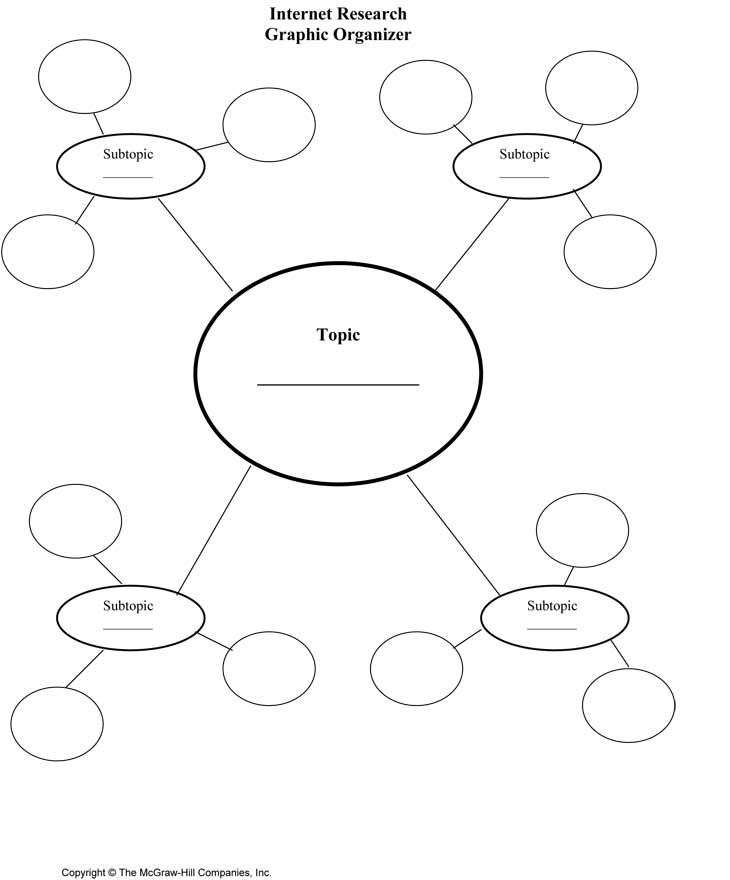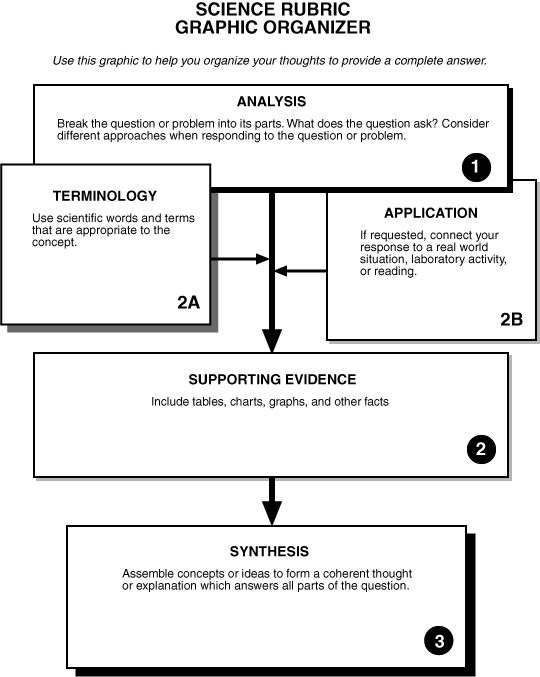Lesson 8: Test Taking
Attention

How we organize information in our notes and resources replicates how the human mind stores memories. This is called the Nodal Theory of Memory. We remember the connections between topics and subtopics that we have built up over time...this is why we might experience a rush of memories when we see or smell something...all these related lines and nodes line up.
We can create these as part of our test preparation strategies in order to help visualize how facts are related to one another.
Learning Outcomes
Upon completion of this lesson's material, students will be able to:
- develop a specific written plan for preparing for tests and exams
- identify strategies to reduce the stress of exams and improve confidence
- create possible exam questions utilizing reading and class notes
Teaching
Here is a list of tips associated with test taking:
- Be sure to have good notes from reading assignments and from class. These notes are key to your success on tests because notes help you to identify what material is the most important.
- Identify the vocabulary you need to understand.
- List the key facts which can be useful in answering both short answer and essay questions.
- Listen carefully all semester to hints your professor gives about what he/she will expect you to know and understand.
- Use the course syllabus to identify right from the beginning of the course what themes will be the most important on exams.
- Be sure to ask well in advance what kinds of questions will be on any exam.
- Do not hesitate to ask for extra help.
- Use a graphic organizer, built from your notes, to help identify the most important material.
- Study with other students who are serious about preparing.
- Prepare over time. The strongest students are getting ready for the exams right from the beginning of the class. Avoid just cramming at the last minute.
- Eat well, get plenty of rest, and exercise.
- Arrive in plenty of time for any exam, and ask the professor for any clarifications you need on the material.
- Read the directions carefully and ask for the professor to explain what you do not feel clear about the instructions. Read the entire test over before starting to answer any questions.
- On multiple choice questions, try to eliminate at least two of the questions and go with your first instinct if you are not sure.
Graphic Organizers
Graphic organizers are documents that you create in order to help organize complex information into simply, graphic-based relationships. They don't have to be artistic, they just need to be useful.
Here are some examples:

Although this site is specifically designed for elementary students, there are some good examples of various graphic organizers.
Click Here
Assessment
Lesson 8 Assignment
Here are two articles on Test Anxiety
Reducing Text Anxietywhile Increasing Learning: The Cheat Sheet by Brigitte Erbe
Pick ONE of them and create a graphic organizer (similar to the ones illustrated above) that summarizes the imporatant information in this article and how this information applies to your own sense of test anxiety.
Lesson 8 Discussion
Relate your own stories about test anxiety, how it has impacted your performance, and what you have done to overcome it.